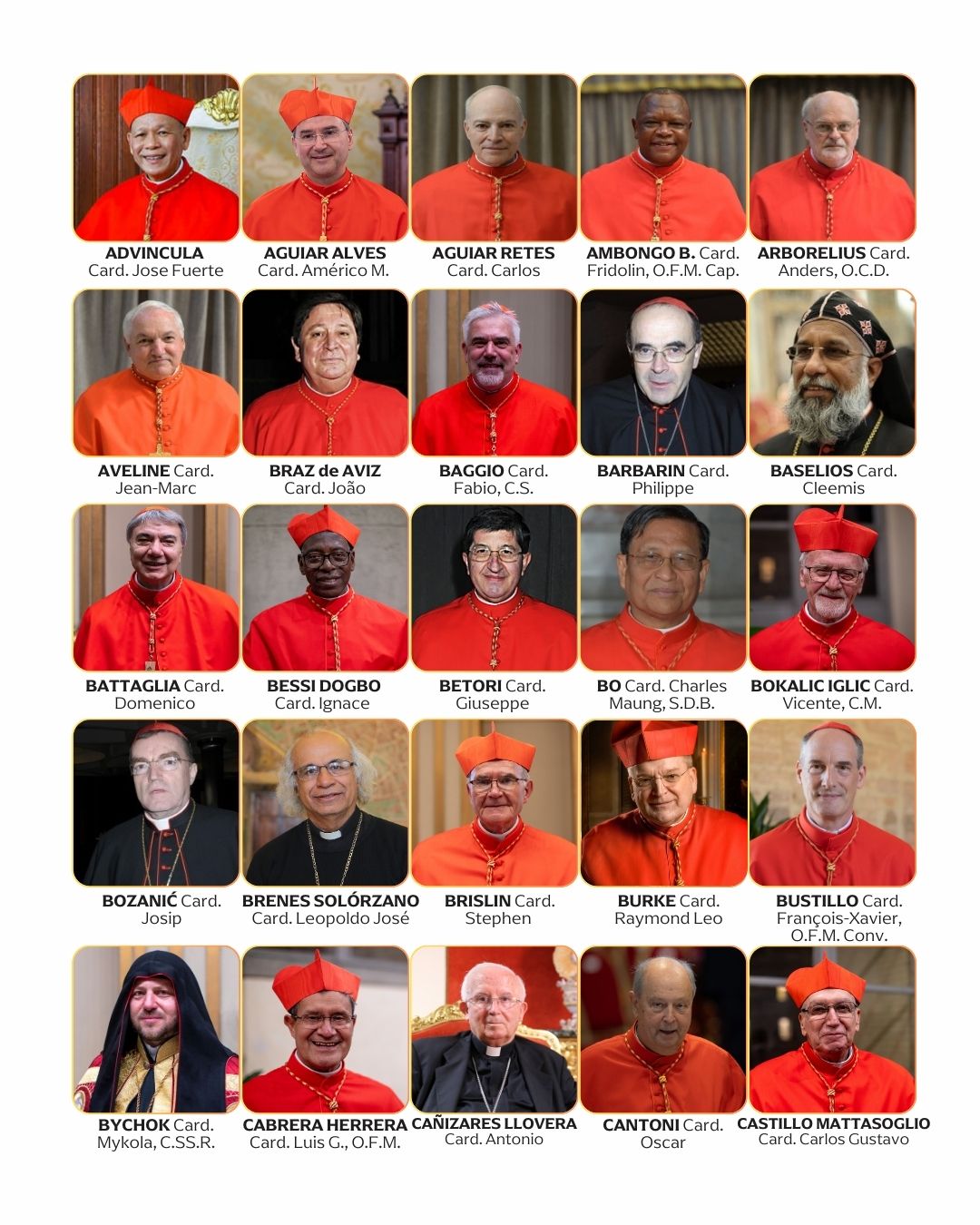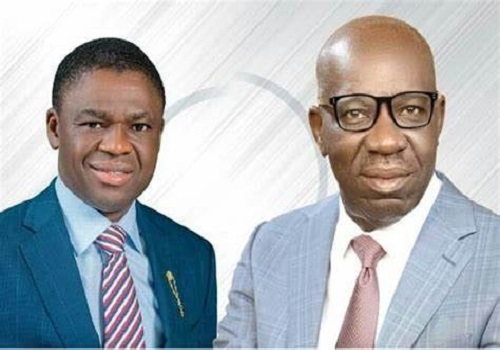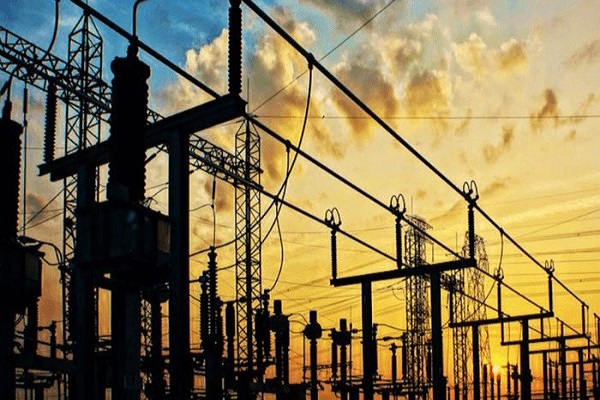The centuries-old ritual of choosing a successor to the late Pope Francis is set to unfold on Wednesday, as the conclave begins at the Vatican. This solemn and secretive process will decide the future leader of the world's Roman Catholics.
A tradition steeped in history, the conclave's name comes from the Latin "cum clave," meaning "with a key," symbolizing the practice of locking cardinals in a room until they reach a decision on the new pope. The iconic voting will take place in the Sistine Chapel, famously adorned with Michelangelo's frescoes, where the cardinals will swear an oath of secrecy and cut off all external communication to ensure the purity of the election.
For the duration of the conclave, cardinals will be confined to the Vatican’s Saint Martha House, a residence designed to accommodate them during such significant moments. This is a departure from the cramped quarters of the Apostolic Palace, where cardinals previously slept before 2005.
While any baptized male Catholic is technically eligible for the papacy, the College of Cardinals is the body responsible for electing the next pope. There is no official list of candidates; each cardinal submits their preferred choice via a slip of paper inscribed with "Eligo in summum pontificem…" (I elect … as pope). To maintain secrecy, cardinals are urged to disguise their handwriting.
The election process will unfold over a series of ballots. On the first day, only one ballot will be cast, followed by four ballots each day thereafter. Support for various candidates will shift from vote to vote, gradually making the two-thirds majority necessary for election clearer. If no pope is chosen after three days, a break is mandated for prayer and informal discussions among the cardinals.
Three urns will be used for the ballots: one to collect the votes, another to hold them after counting, and a third for cardinals unable to attend due to illness. After each vote, the ballots will be burned, and dark smoke will rise from the Sistine Chapel chimney to signal that no pope has been elected.
While conclaves have historically lasted months, modern-day conclaves have concluded within a week. Once the required majority is reached, the newly chosen pope is asked to confirm their acceptance of the position. If they agree, they immediately assume office and choose the name they wish to adopt—often that of a former pontiff or a revered saint.
At that moment, white smoke will rise from the Sistine Chapel chimney, signaling to the world that a new pope has been elected. The cardinal protodeacon will then appear on the balcony of St. Peter’s Basilica to announce to the faithful: "Habemus papam" (We have a pope).
As the conclave draws near, all eyes are on the Vatican, awaiting the decision that will shape the future of the Catholic Church.




